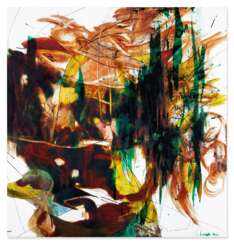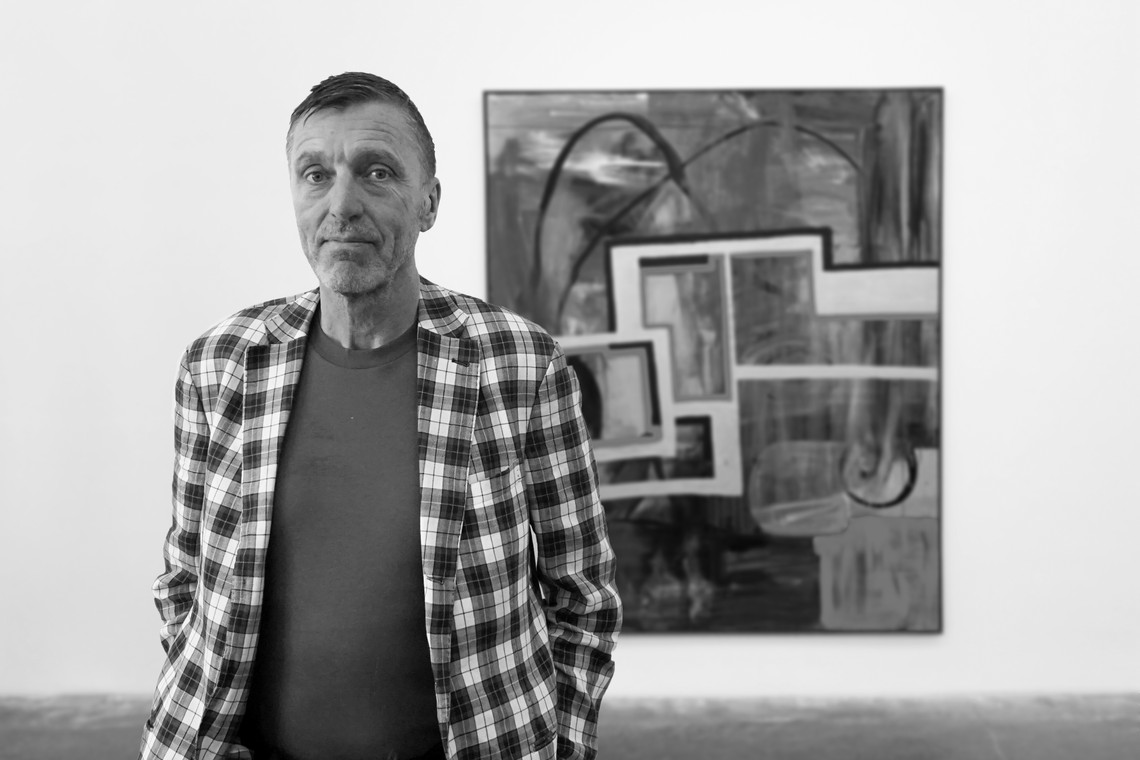картины (классические) модерн



Tiziano Vecellio, an Italian Renaissance painter from Venice, stands out as a pivotal figure in the art world, renowned for his versatility across various genres like portraits, landscapes, and religious subjects. His influence on the development of Western art, particularly through his revolutionary use of color, is profound and long-lasting.
Born around 1488/90 in Pieve di Cadore, part of the then Republic of Venice, Titian's talent was evident early on. He began his artistic journey in the studio of the Bellini brothers in Venice, later joining forces with Giorgione, another influential painter of the time. This collaboration marked the beginning of a distinguished career that would see Titian become the most sought-after painter in Europe, working for nobility, the Habsburgs, and the papacy.
Titian's style evolved significantly throughout his career. He initially gained recognition for his vibrant, luminous colors and later became famous for his loose brushwork and subtle tonality. This shift was not just a matter of aesthetics but also represented a deeper understanding of color and light. Titian's approach to painting, particularly his use of colore, where he juxtaposed colors to define compositions, contrasted sharply with the line-focused disegno technique of the time. This method contributed significantly to the distinctiveness of Venetian art.
Among his many patrons, Emperor Charles V and his son, Philip II of Spain, were perhaps the most notable. As their official painter, Titian created numerous portraits and mythological works that were celebrated for their psychological depth and expressive use of color. His 'poesie' series for Philip II, including famous works like "Diana and Actaeon," showcased his skill in portraying mythological narratives with a sense of drama and sensuality.
Titian's later works, created in the 1560s and 1570s, are particularly revered for their experimental nature, pushing his art towards what has been termed 'magic impressionism'. These works, like "The Death of Actaeon" and the unfinished "Pietà", demonstrate a radical departure from his earlier style and reflect a continued evolution even in his later years.
For art collectors and experts, Titian's oeuvre represents a crucial link in the history of European art, illustrating the transition from the Renaissance to a more modern, expressive form of painting. His mastery of color and light, combined with his ability to convey deep emotional resonance, continues to influence artists and captivate viewers centuries later.
To stay updated on artworks and auction events related to Tiziano Vecelli, consider signing up for updates. This subscription will ensure you are informed about new product sales and auction events related to this remarkable artist.


Julien Nguyen is a contemporary American artist. His works combine elements of art history, science fiction and contemporary life.


Flora Yukhnovich is a British painter. Yukhnovich is known for her contemporary interpretation of the Rococo painting style.


Charline von Heyl is a German abstract painter. She also works with drawing, printmaking, and collage.


Banksy is a pseudonymous England-based street artist, political activist and film director whose real name and identity remain unconfirmed and the subject of speculation. Active since the 1990s, his satirical street art and subversive epigrams combine dark humour with graffiti executed in a distinctive stenciling technique. His works of political and social commentary have appeared on streets, walls and bridges throughout the world. Banksy's work grew out of the Bristol underground scene, which involved collaborations between artists and musicians. Banksy says that he was inspired by 3D, a graffiti artist and founding member of the musical group Massive Attack.


Banksy is a pseudonymous England-based street artist, political activist and film director whose real name and identity remain unconfirmed and the subject of speculation. Active since the 1990s, his satirical street art and subversive epigrams combine dark humour with graffiti executed in a distinctive stenciling technique. His works of political and social commentary have appeared on streets, walls and bridges throughout the world. Banksy's work grew out of the Bristol underground scene, which involved collaborations between artists and musicians. Banksy says that he was inspired by 3D, a graffiti artist and founding member of the musical group Massive Attack.


Laura Owens is an American painter, gallery owner and educator. She emerged in the late 1990s from the Los Angeles art scene. She is known for large-scale paintings that combine a variety of art historical references and painterly techniques. She lives and works in Los Angeles, California.


Avery Singer is an American artist known for creating digitally assisted paintings created through 3D modeling software and computer-controlled airbrushing.


Michel Majerus was a Luxembourgish artist who combined painting with digital media in his work.

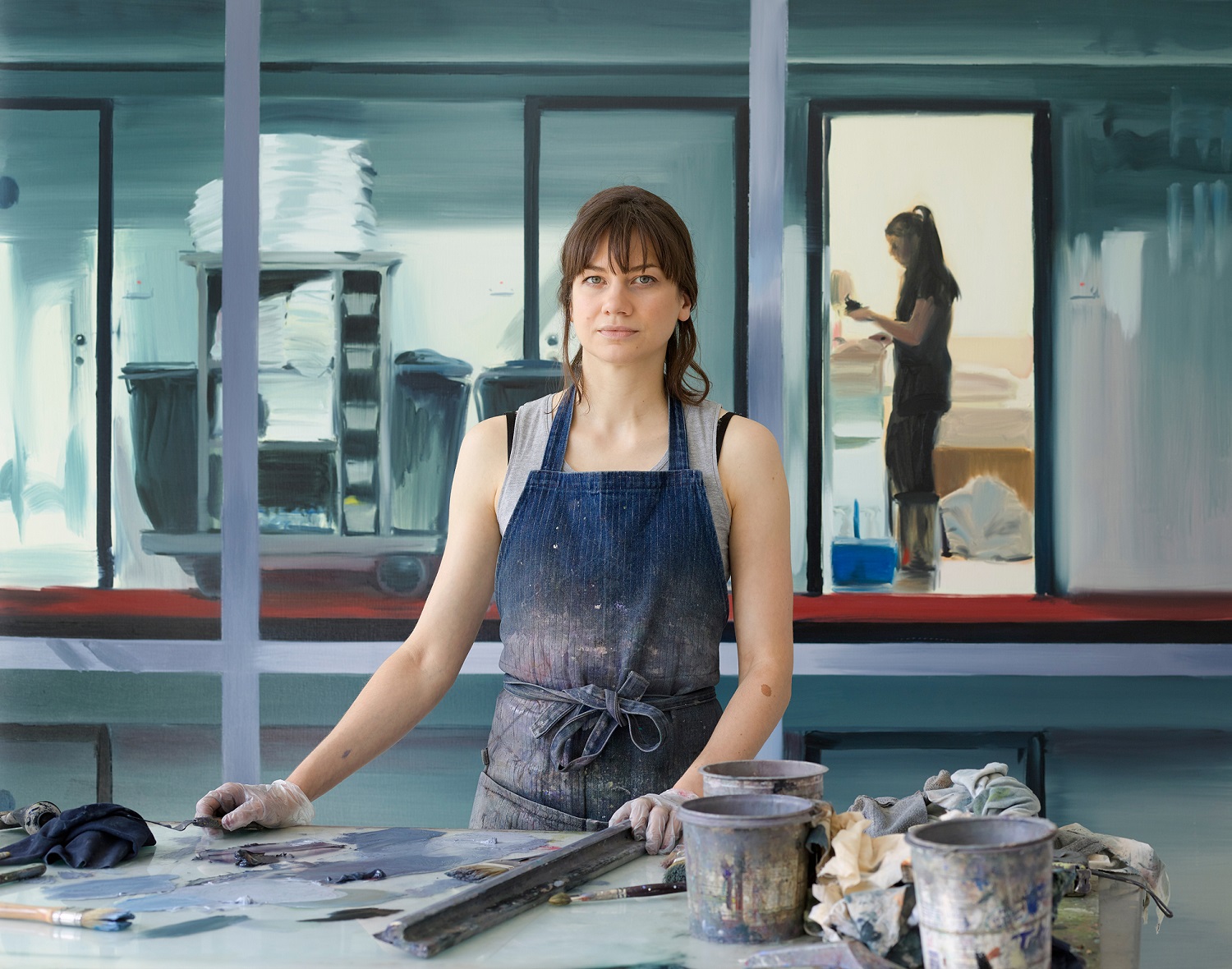
Caroline Walker is a Scottish-born contemporary visual artist based in London. She is known for voyeuristic paintings of women working.

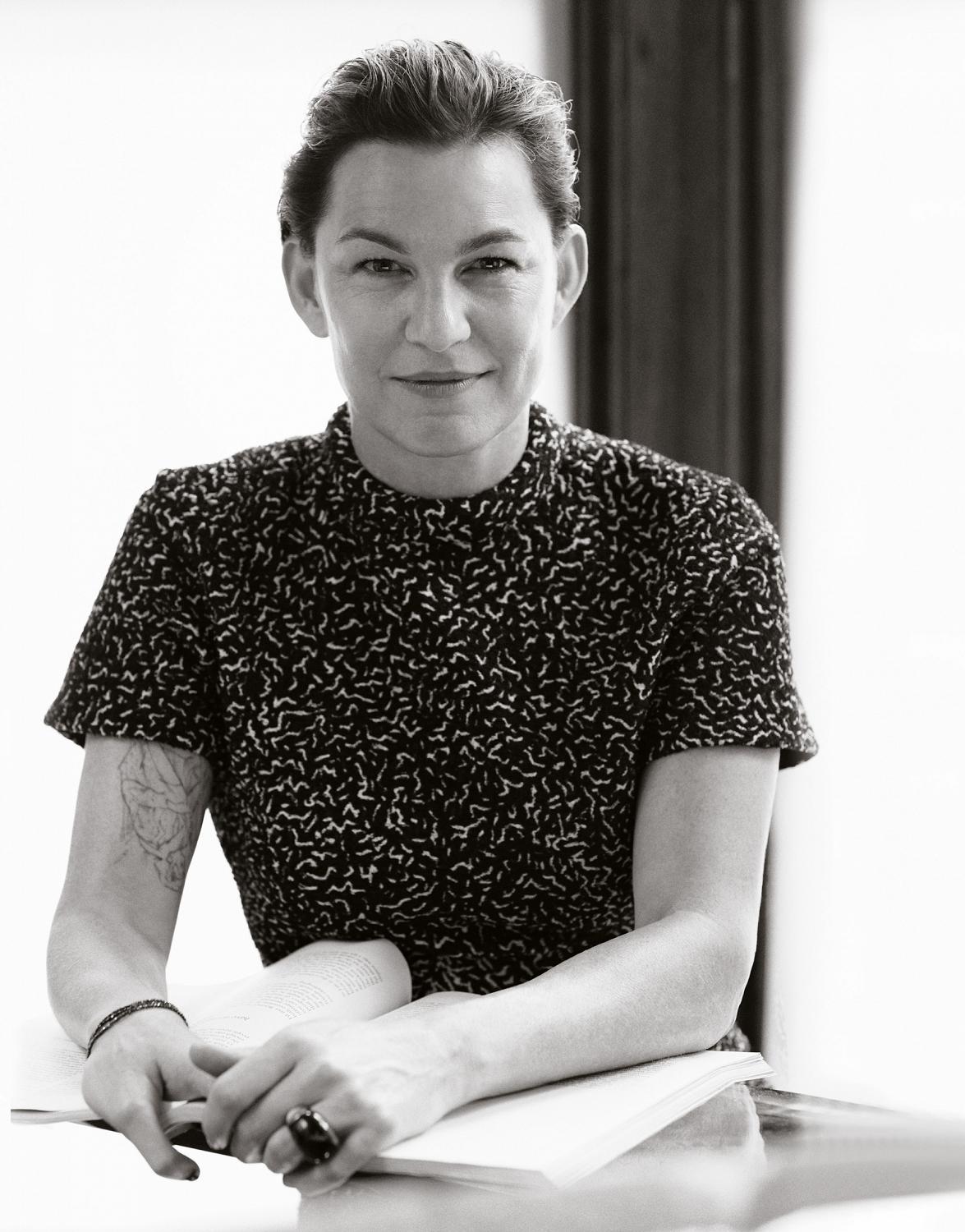
Elizabeth Joy Peyton is an American contemporary artist working primarily in painting, drawing, and printmaking. Best known for figures from her own life and those beyond it, including close friends, historical personae, and icons of contemporary culture, Peyton's portraits have regularly featured artists, writers, musicians, and actors.


Rudolf Ernst was an Austro-French painter, printmaker and ceramics painter who is best known for his orientalist motifs. He exhibited in Paris under the name «Rodolphe Ernst».
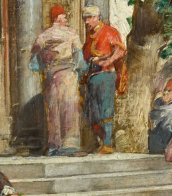

Frederick Arthur Bridgman was an American artist. He was known for his paintings in the Orientalist style.
Frederick Arthur Bridgman studied art at the Brooklyn Art Association and the National Academy of Design in New York. In 1866 he went to Paris to continue his studies at the École des Beaux-Arts. There he worked in the studio of Jean-Léon Gérôme, who at the time was a leading Orientalist painter. Bridgeman painted scenes of everyday life in the area, as well as historical and religious subjects. His paintings were notable for their vivid colours, attention to detail and dramatic compositions.


Victor Eeckhout was a Belgian painter, noted for his genre works and paintings with Orientalist subject matter.

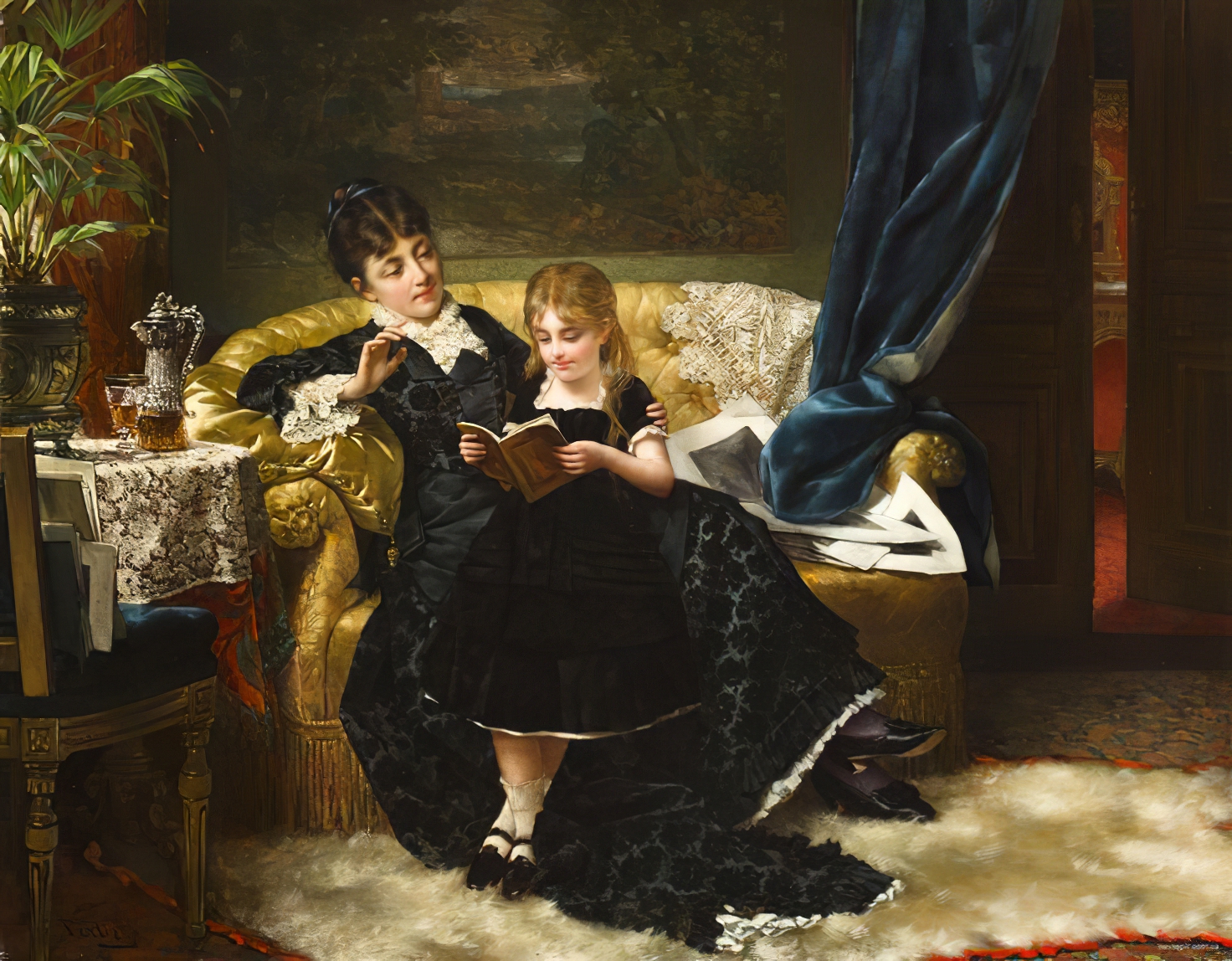
Jan Frederik Pieter Portielje was a Dutch-Belgian painter of genre scenes and portraits; mostly of women.


Frederick Arthur Bridgman was an American artist. He was known for his paintings in the Orientalist style.
Frederick Arthur Bridgman studied art at the Brooklyn Art Association and the National Academy of Design in New York. In 1866 he went to Paris to continue his studies at the École des Beaux-Arts. There he worked in the studio of Jean-Léon Gérôme, who at the time was a leading Orientalist painter. Bridgeman painted scenes of everyday life in the area, as well as historical and religious subjects. His paintings were notable for their vivid colours, attention to detail and dramatic compositions.


Eugène Fromentin was a French painter and writer, now better remembered for his writings.


Georges Washington was a French Orientalist painter. Most of his works featured soldiers and horses.












